Madeline Keo
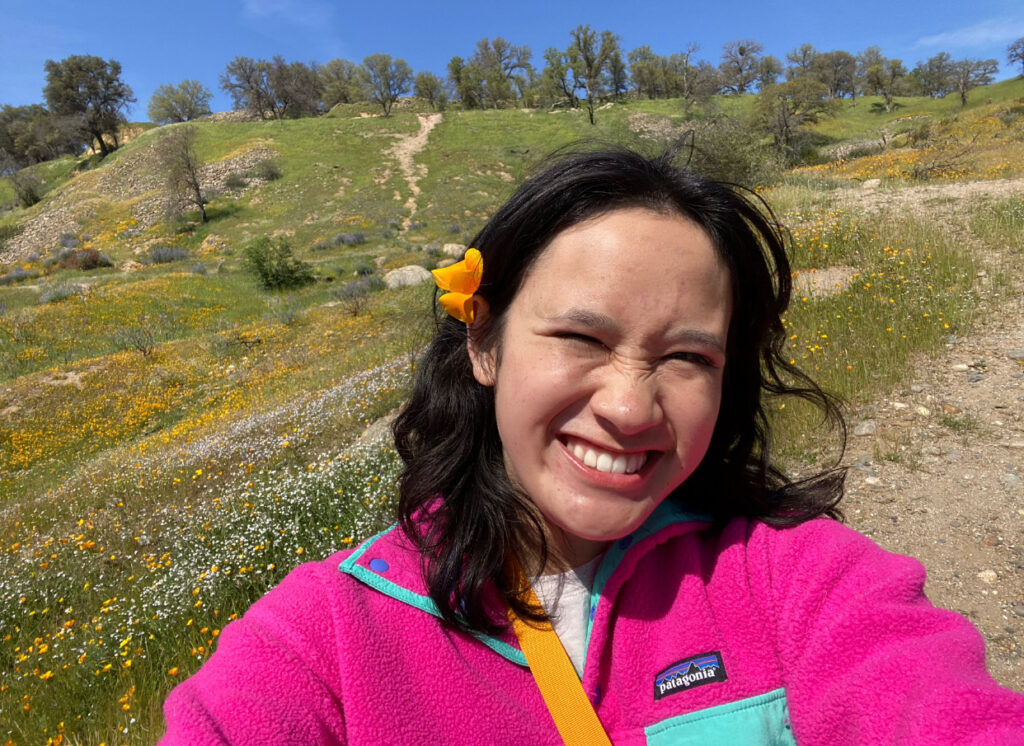
In the traditional classroom, children are seen as receptacles for knowledge rather than holders of knowledge. Problem-posing education treats students and teachers as humans who both have knowledge to give and receive and chooses not to replicate existing oppressive systems, such as ones where teachers dictate every aspect of the classroom and curriculum. It also exemplifies communication and uplifts creative power. Through an analysis of personal narratives written by seventh and eighth grade boys, I will argue that creative writing generates spaces for children to communicate who they are and […]
Patrick Kelly
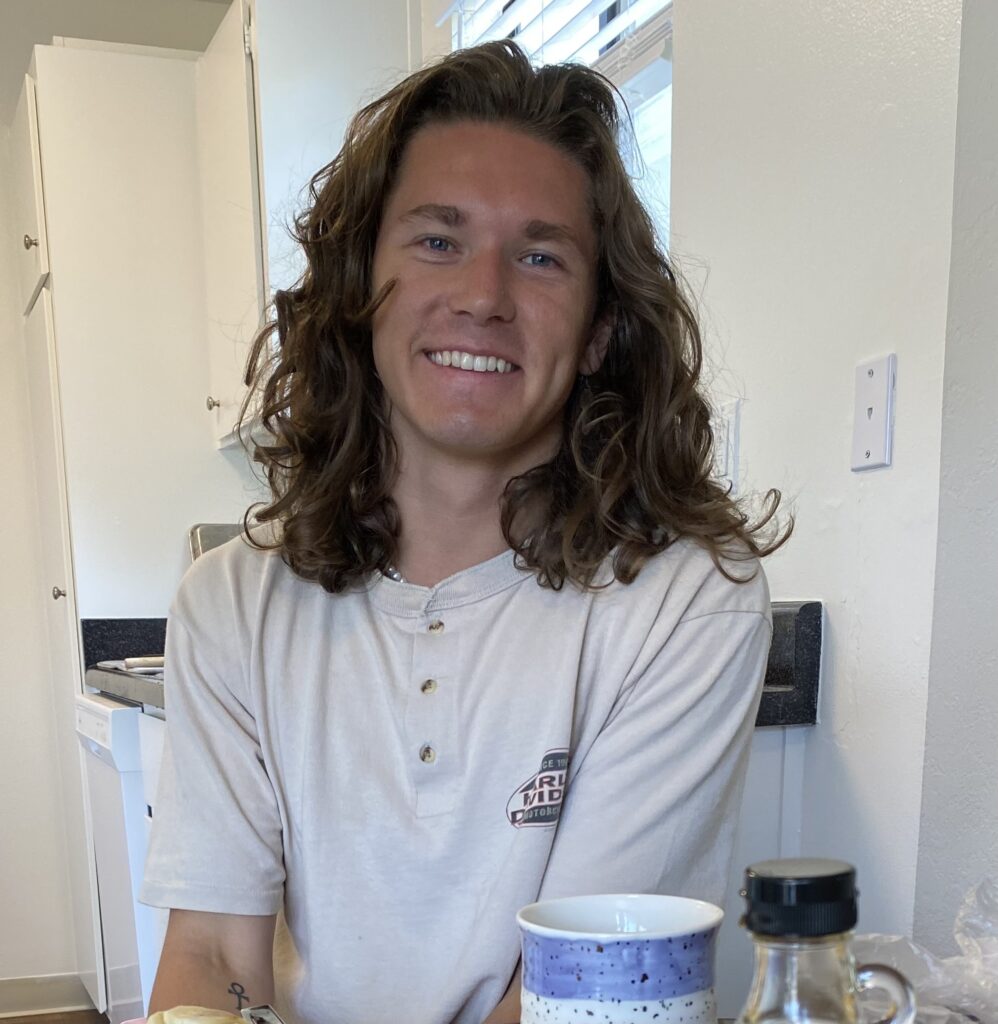
This research aims to test whether an alternative measure of consensus scoring, called Cultural Consensus Theory, provides a better aggregate of participant responses for emotional stimuli than traditional averaging in an emotion perception experiment. I hypothesize that the Cultural Consensus Model will yield higher correlations between subjects individual ratings of emotion than when correlated with the traditional consensus rating. Thus, allowing for a more accurate “correct” answer for emotion perception tasks when investigating individual differences across subjects. In addition to providing a more accurate measure of the true emotional rating […]
Andrey Kapustin
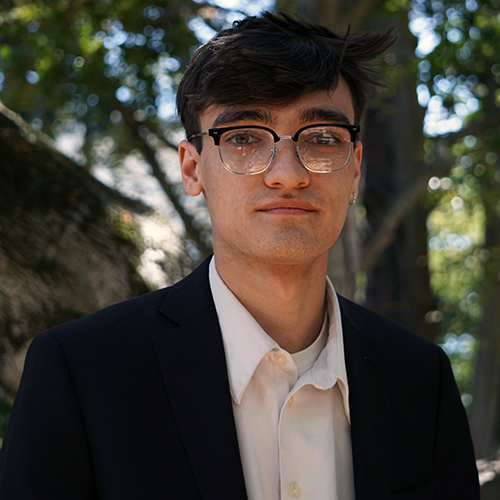
Using archival collections of local newspapers in the Donbas region of Ukraine and census data, the project will evaluate to what extent there was pro-Russian “separatism” in the Donbas from 2013-2022. It is an attempt to move away from Kyiv or Moscow-centric narratives, focusing instead on the people of the boundaries between Ukraine and Russia. Russia’s more recent aggression in Ukraine has been at the center of contemporary historical and political discourse, but little is known about the dynamics within the regions of Eastern Ukraine taken over by “separatists” in […]
Grace Jiang
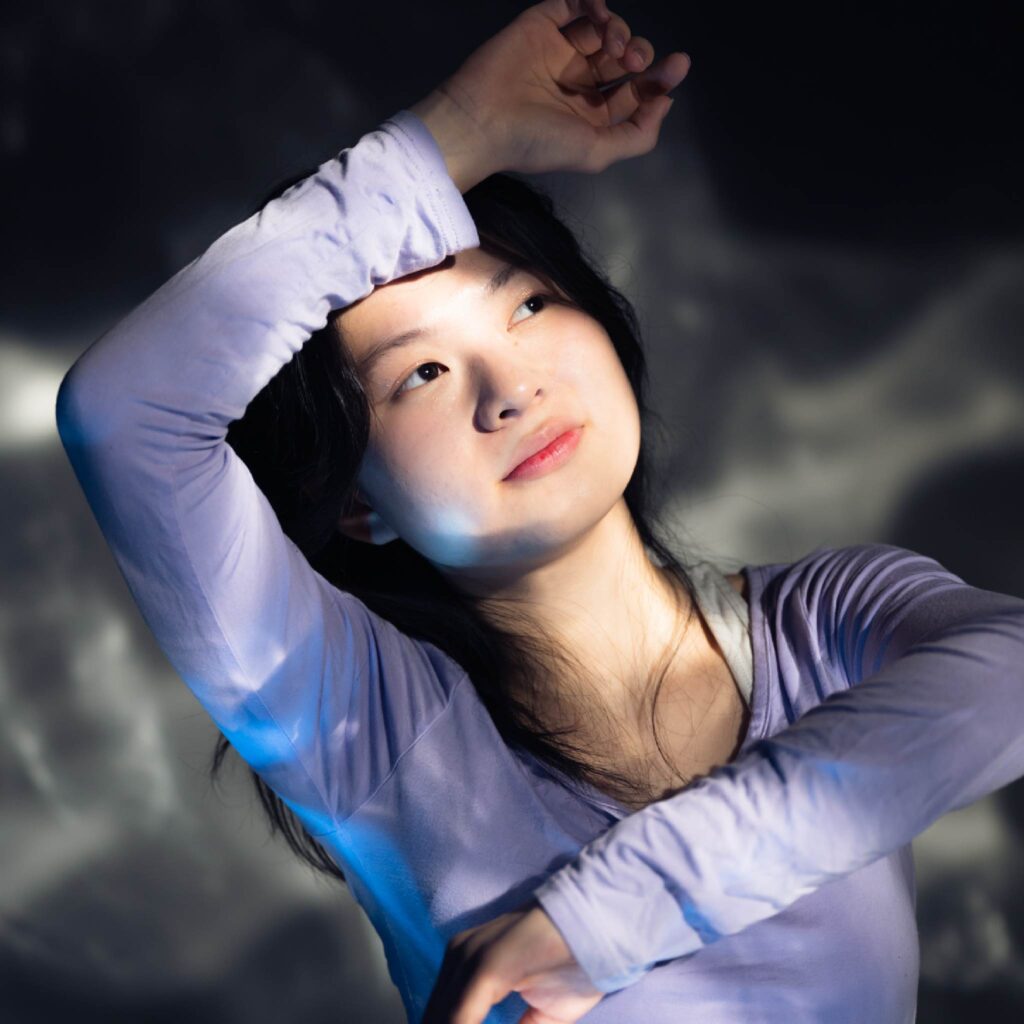
The introduction of microscopy to the scientific world has greatly revolutionized biology, having given researchers the ability to make confident observations at the microscopic level of cellular and subcellular features otherwise not detectable to the naked eye. However, conventional methods for creating advanced imaging systems with high resolution over a wide field of view typically rely on creating complicated lenses, which are both expensive and bulky in terms of weight and size. This presents a problem for obtaining adequate equipment, particularly in low resource settings where it is simply not […]
Anna Jahng
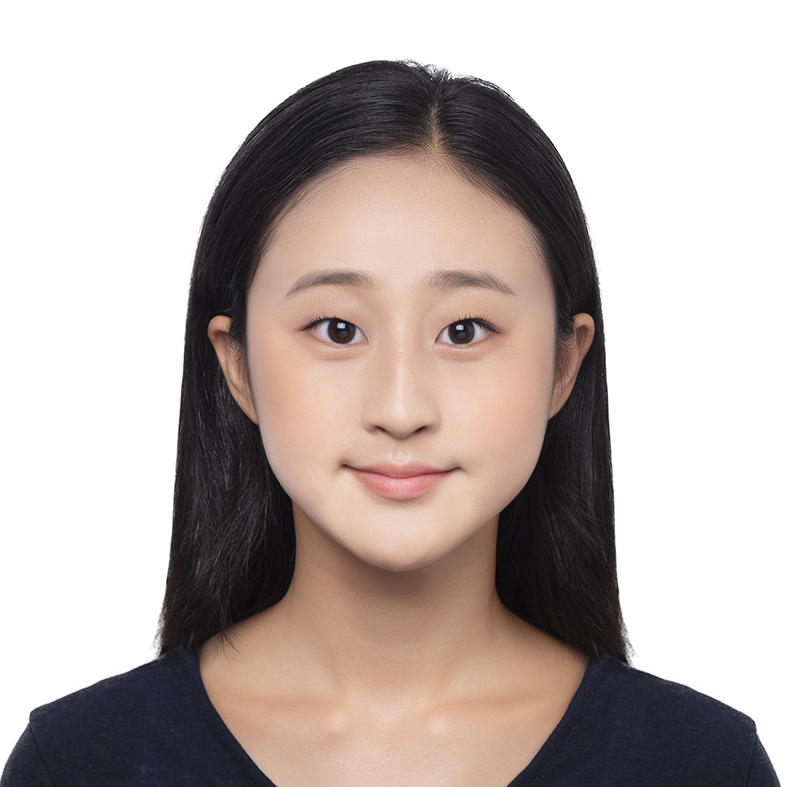
Autism Spectrum Disorder (ASD) is a developmental disability impacting 1 in 100 children. Pharmaceutical interventions exist for ASD but are cautioned due to adverse side effects, such as sedation and weight gain, emphasizing the importance of research into non-invasive therapies. Over the past decade, scientists have identified numerous ASD risk genes, including Tsc2. Past research from Wilbrecht lab showed that Tsc2 mutant mice have an initial gain of function in learning in an odor-based reinforcement learning task when the schedule is deterministic (100% reward for each correct action). Importantly, the […]
Inès Huret
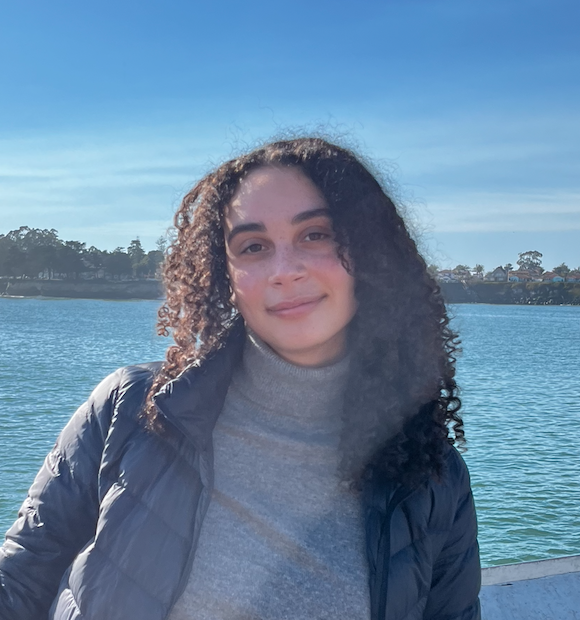
Why do so many species coexist? One possible explanation is how species differ in sharing key resources. This division of resource needs is often called “trophic niche partitioning” and it can occur through symbiosis, in which invertebrate hosts rely more or less on receiving nutrition from algal symbionts. Recent work has demonstrated this in tropical coral species. This project, however, seeks to provide a comparative study of temperate symbioses in a nutrient rich environment by exploring trophic niche partitioning via symbiosis in four anemone species: Anthopleura elegantissima, Anthopleura xanthogrammica, Anthopleura […]
Cyn Huang
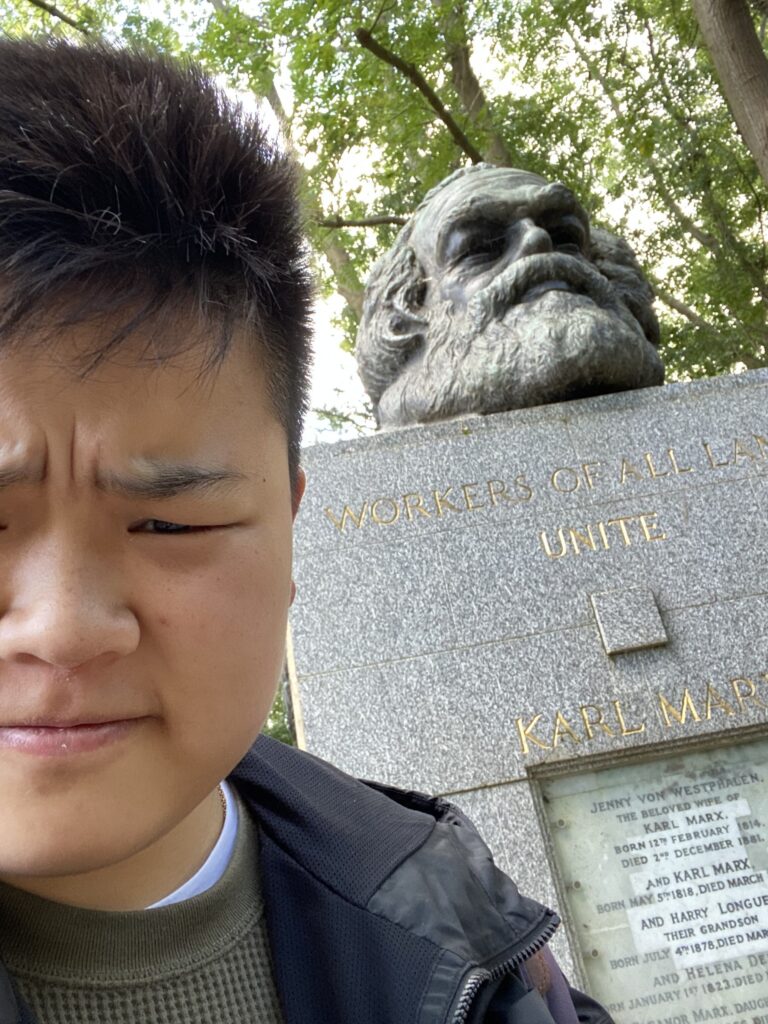
Few philosophers, even those working in the analytic tradition, would deny that our commonsense ethical views are historically conditioned. For example, witness lively debates about ethical conventionalism, the possible anti-realist implications of ethical diversity, or whether or not the evolutionary history of our moral intuitions give us reason to doubt our evaluative attitudes. Despite this general awareness, however, most philosophical ethicists seem rather uneasy about the connection their discipline bears to historical investigation –– it is not clear what they substantively think about the questions of what insights philosophical ethics […]
Andris Huang
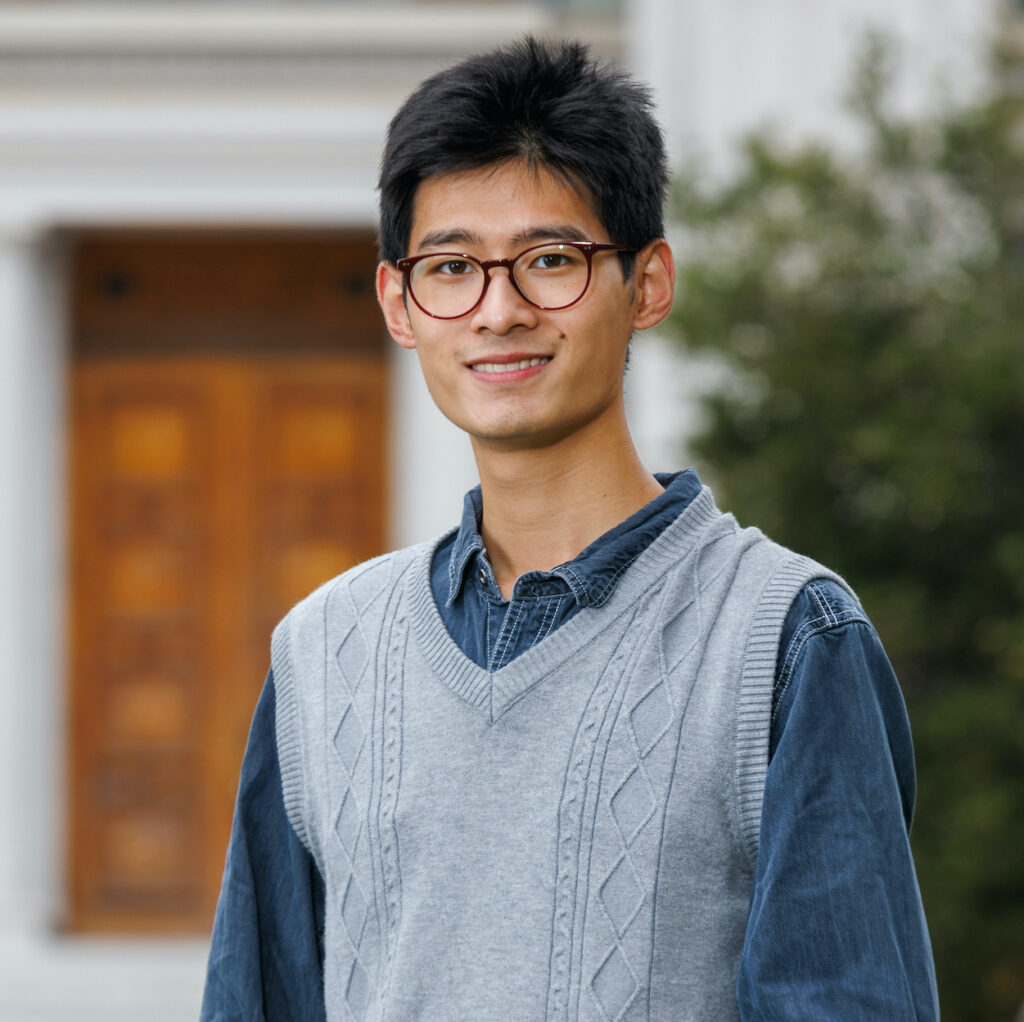
This project will investigate the controllability and scalability of electron Coulomb crystals in Paul traps through a numerical simulation. Over the past few decades, quantum computing has been an emerging interest for researchers. Theories have suggested that quantum computers can utilize superposition and entanglement effects to process information much more efficiently than classical computers. However, despite the development in architectures including superconducting circuits, neutral atoms, and trapped ions, the scalability and fidelity of qubits remain a big challenge. A recently proposed candidate for qubits is the trapped electrons, which potentially […]
Diego Andres Hamernik
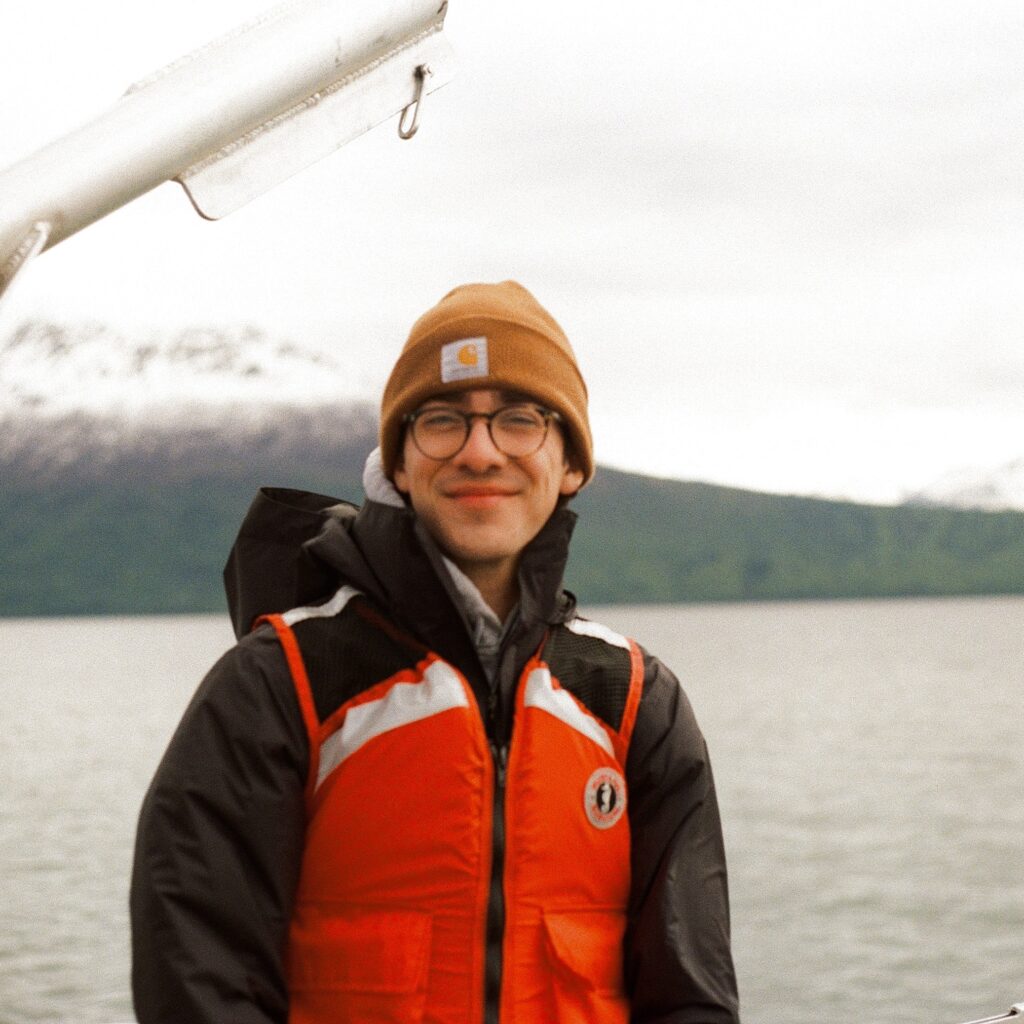
The ongoing climate crisis has highlighted the pressing need to revisit contemporary approaches to resource management and usage. Through the analysis of archaeological assemblages, my research aims to gain a deeper understanding of how coastal resources were used and managed by Indigenous communities in California over the past two thousand years. The objective of this study is to gain insight from indigenous resource stewardship practices, towards the end of developing more sustainable resource management approaches in the present. Through methods such as stable isotope analysis, I seek to assess resource […]
AJ Grover

I’m looking to investigate the question: how does the randomness of a deck of cards change as a result of various shuffling techniques applied in sequence? To answer this question, I plan to build upon the work of Bayer and Diaconis in their paper “Trailing the Dovetail Shuffle to its Layer” by creating Python-simulated models of different card shuffling techniques, including the Gilbert-Shannon-Reeds model of a riffle shuffle, the box, the cut, and others. I will then test the randomness of the deck (via a distance metric such as KL […]